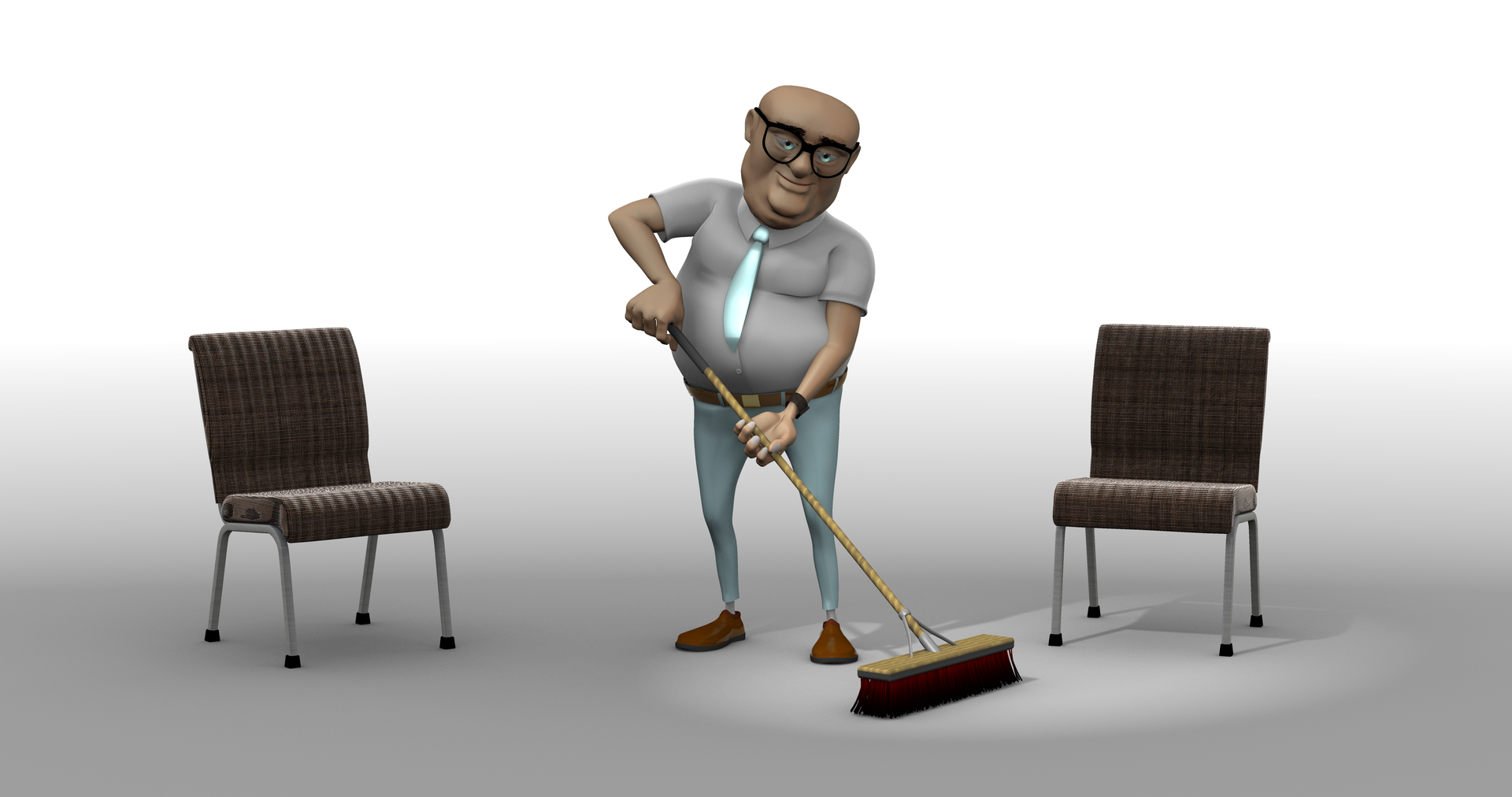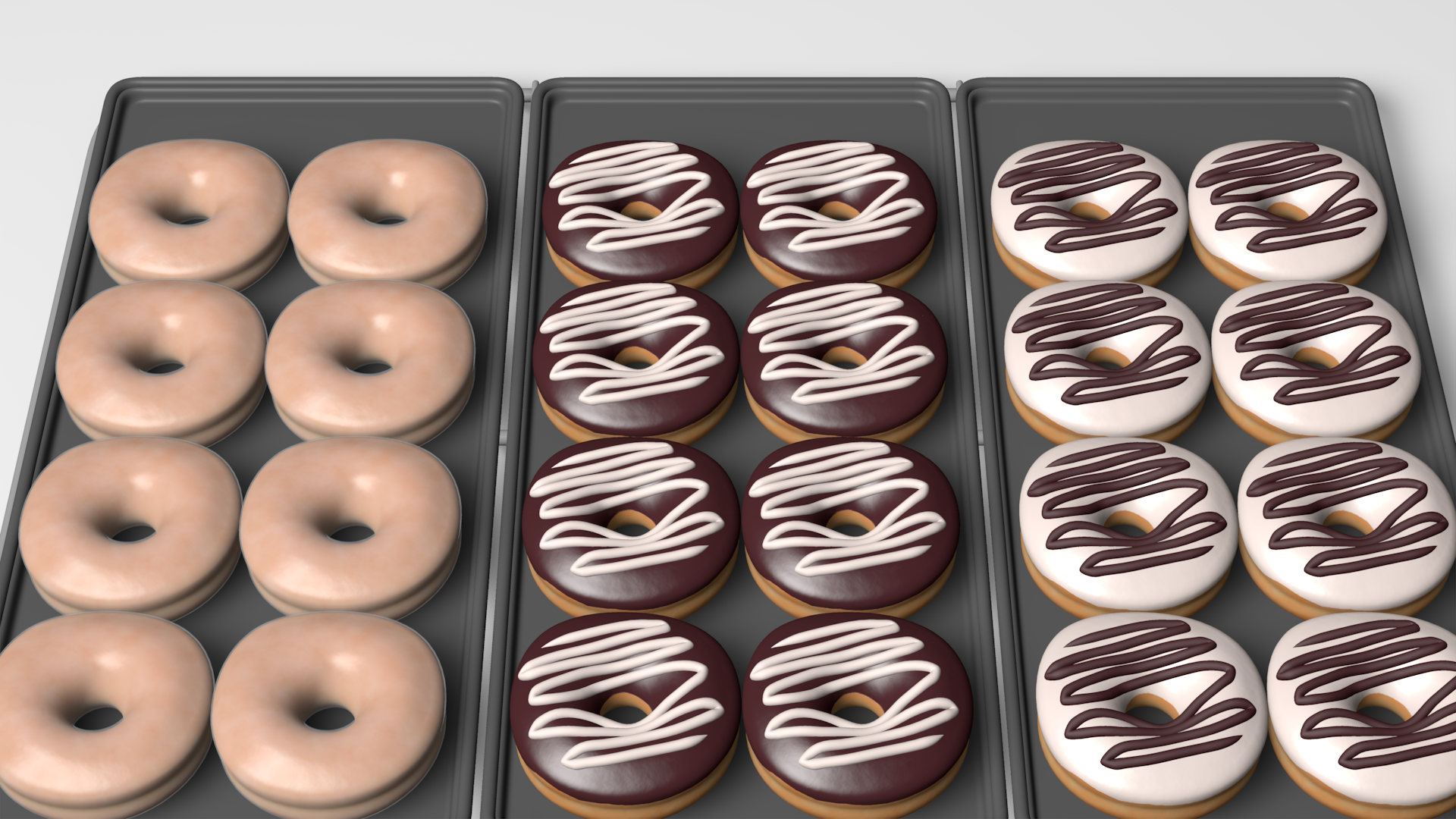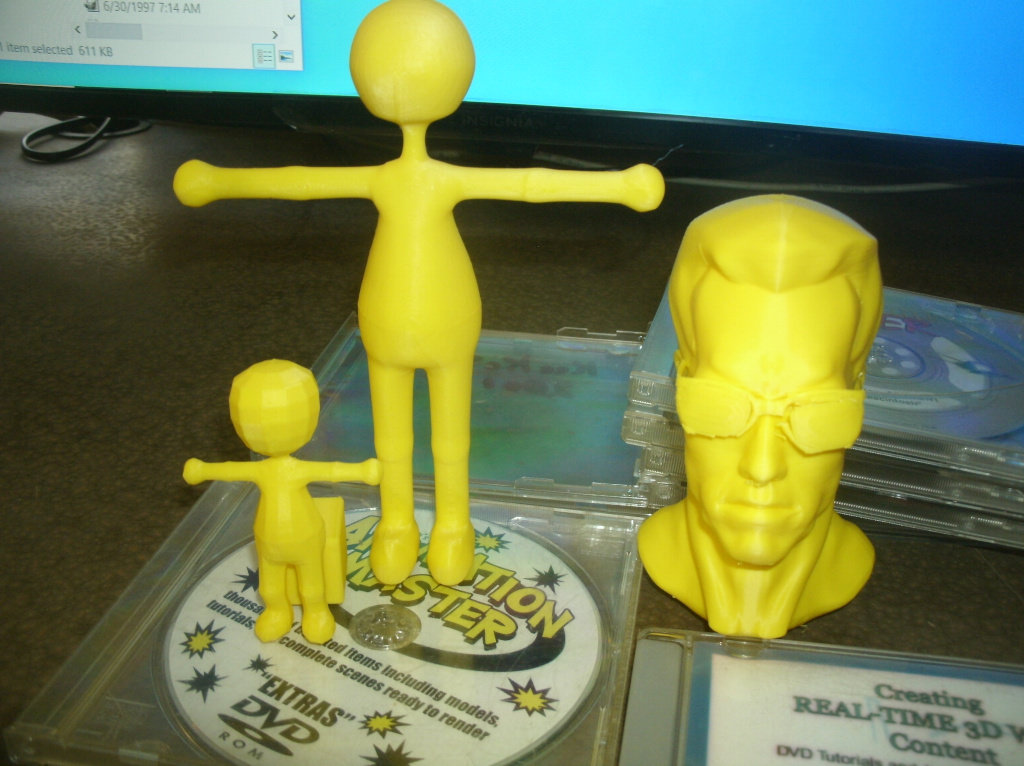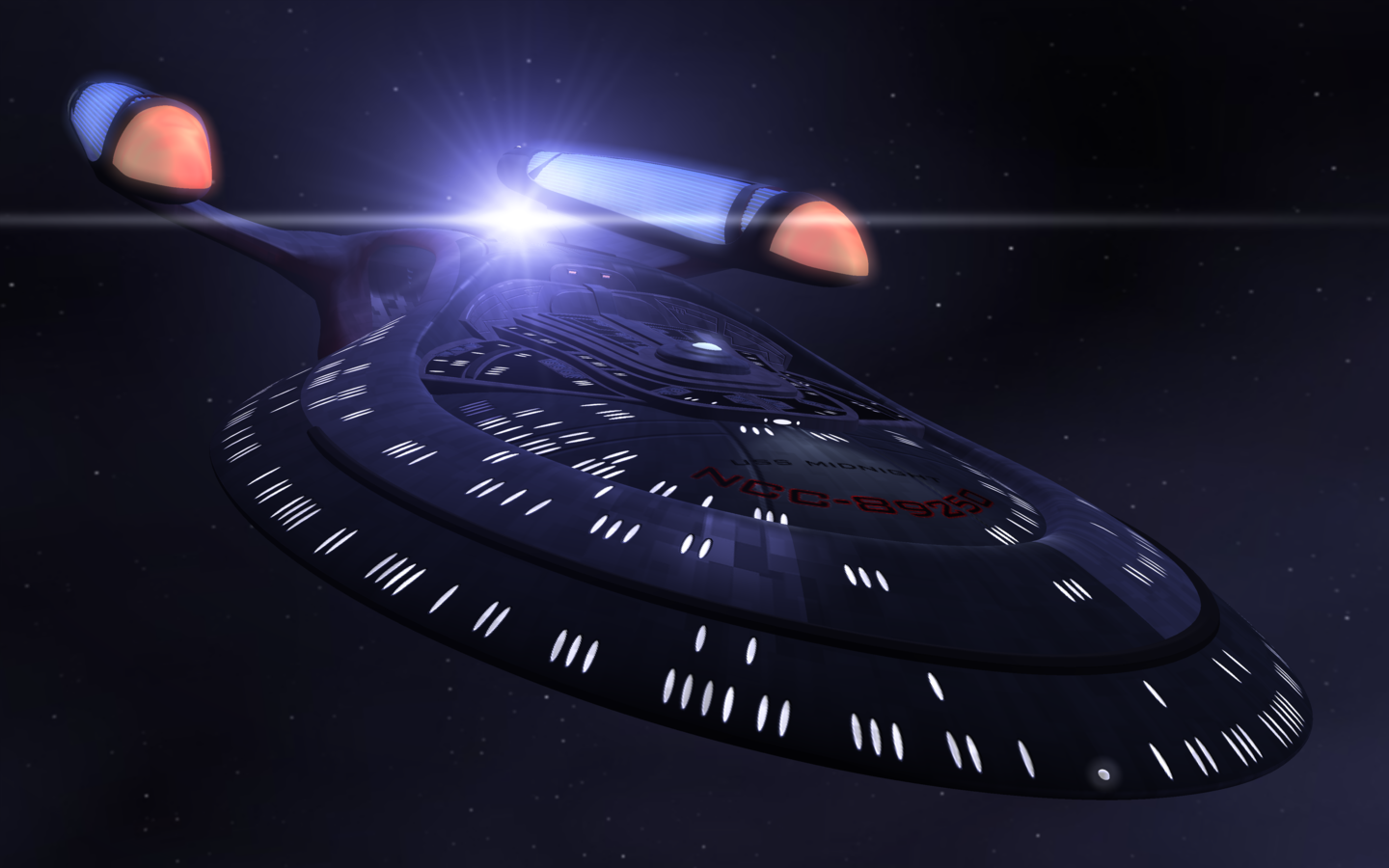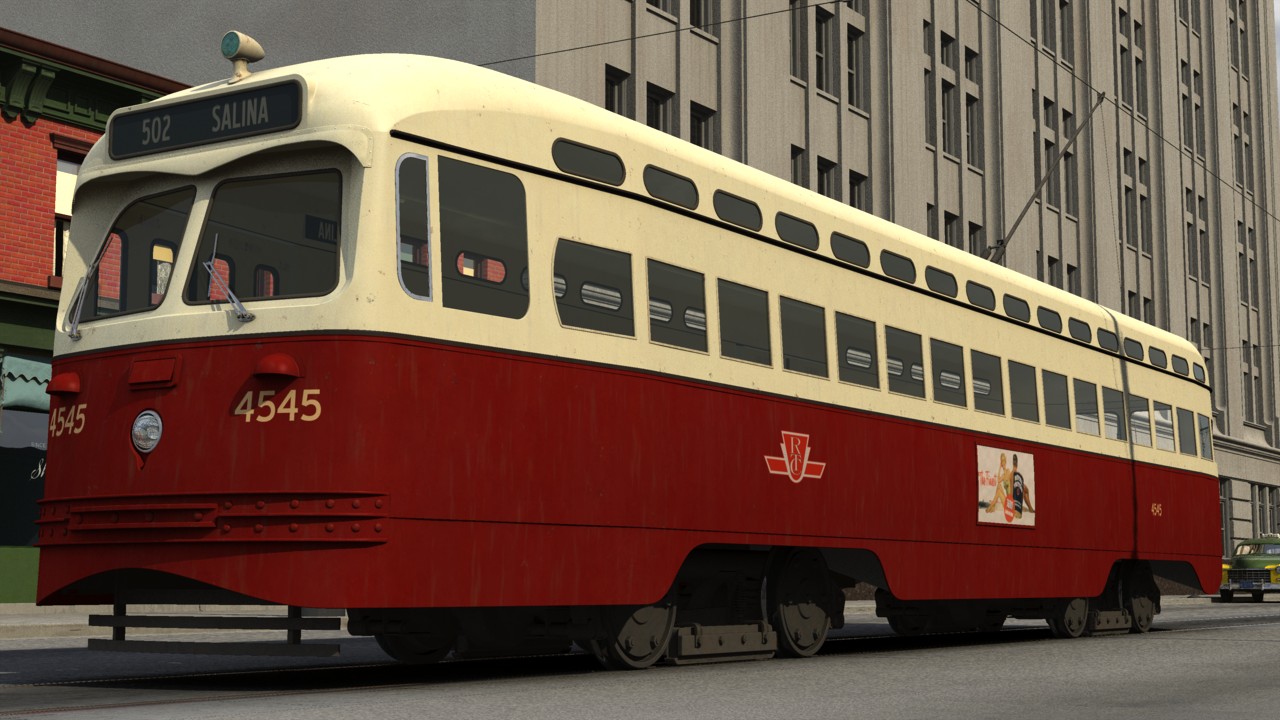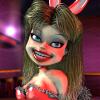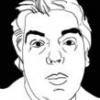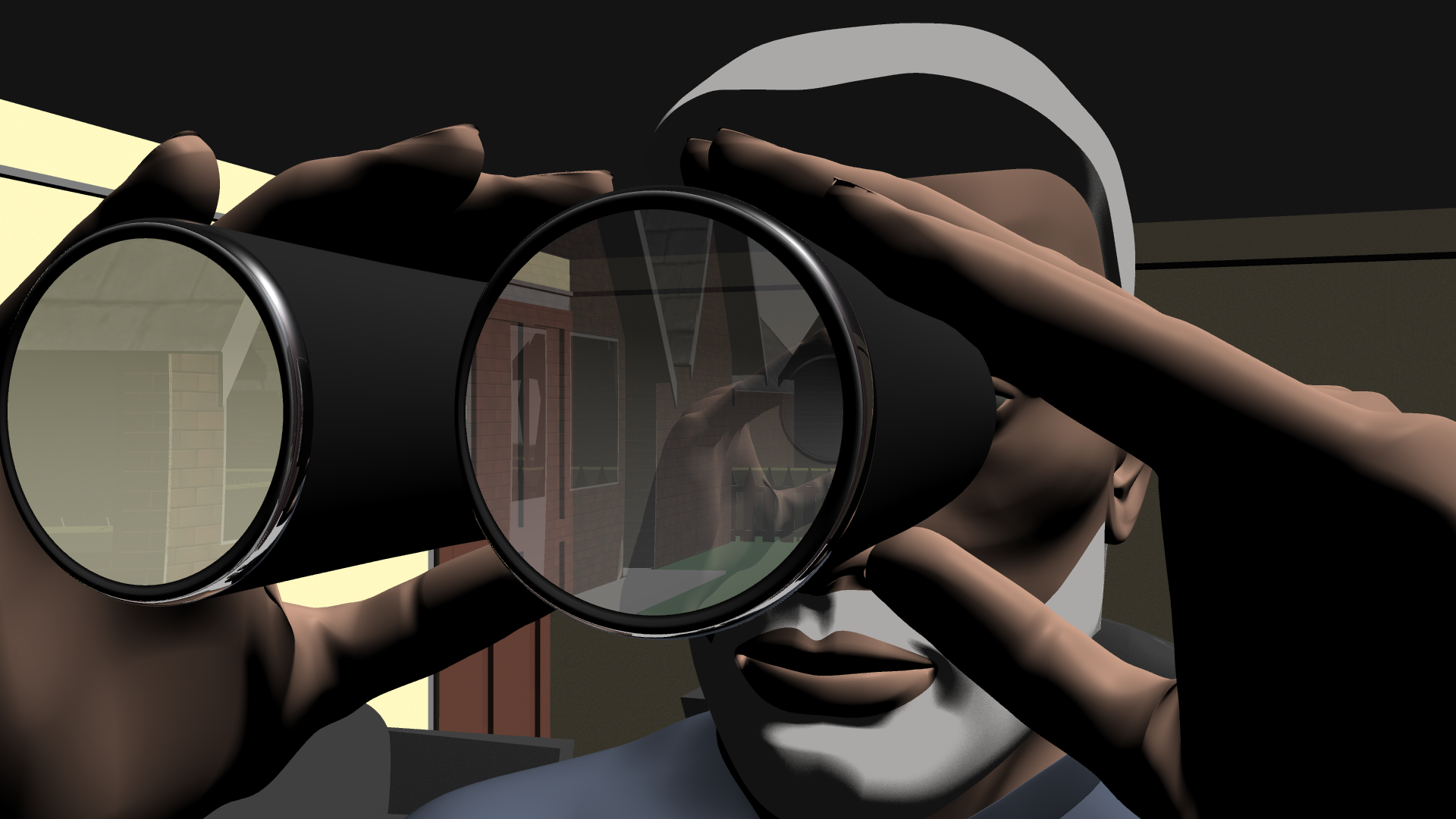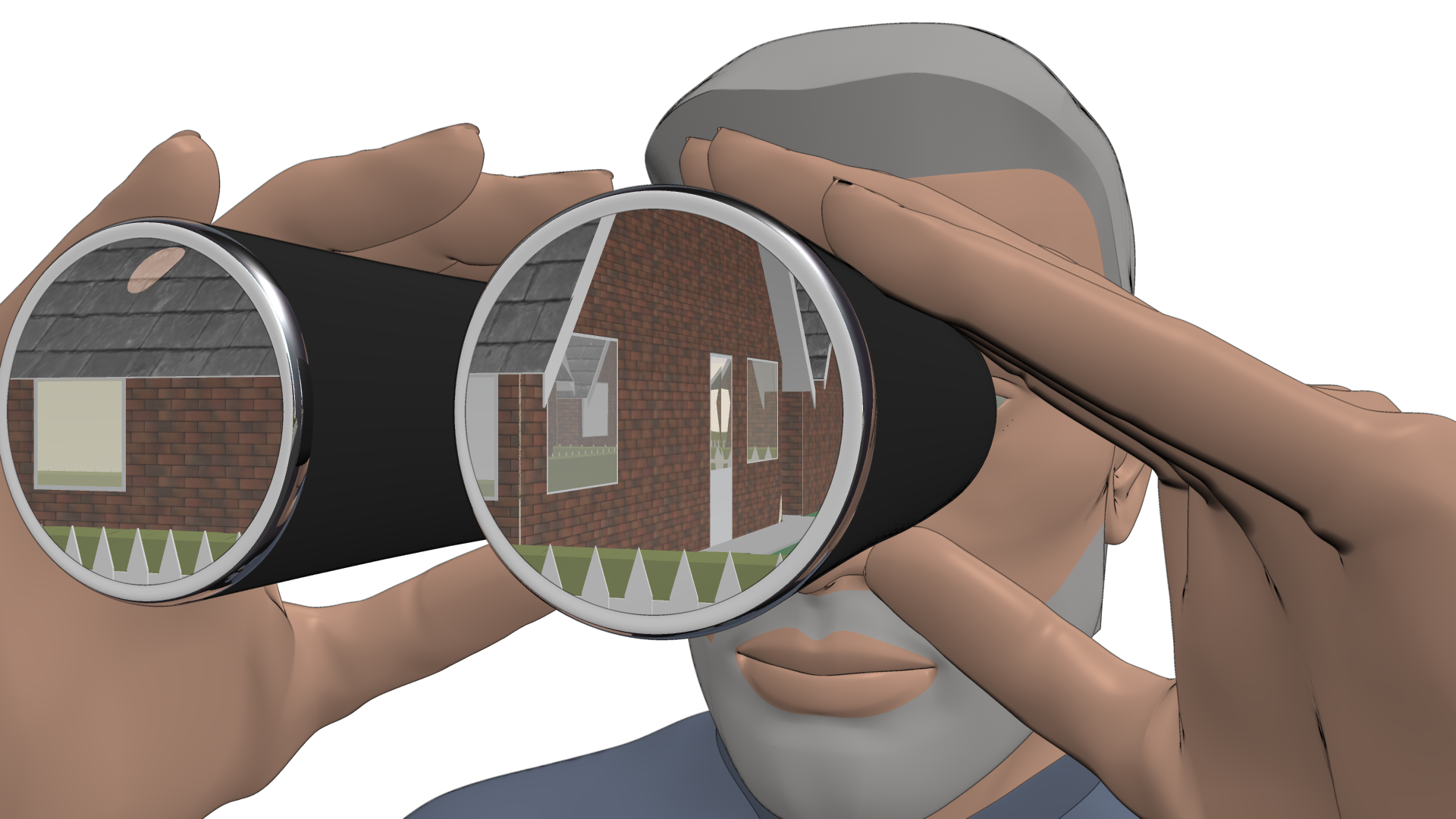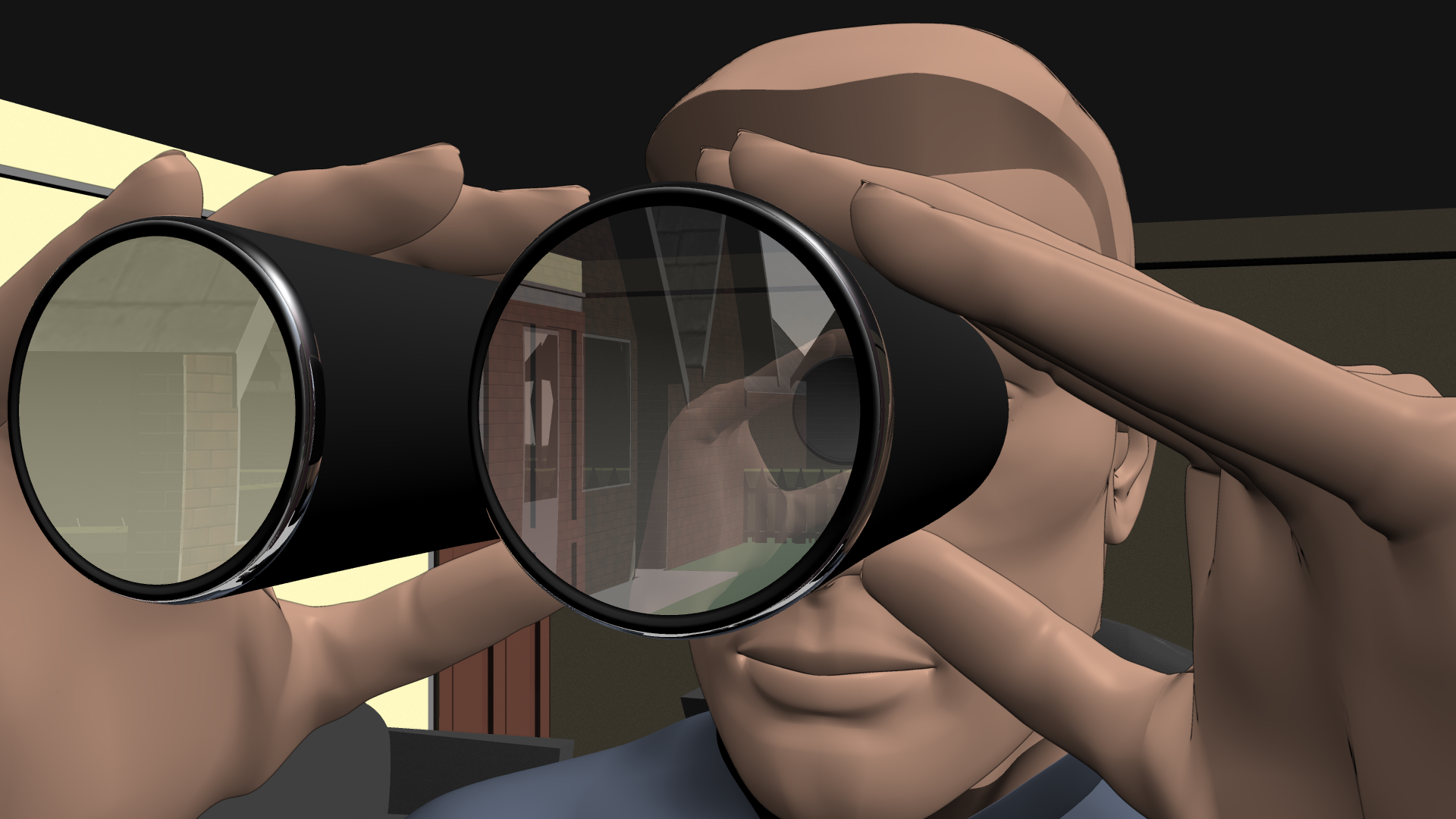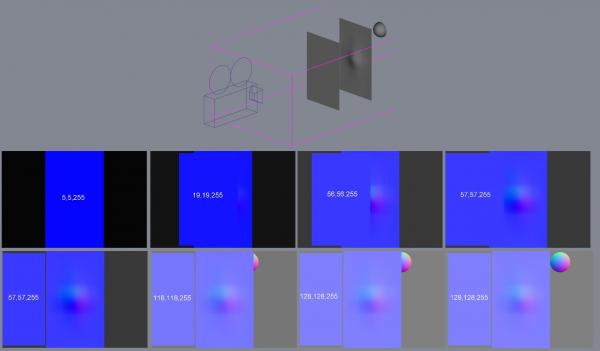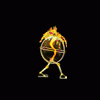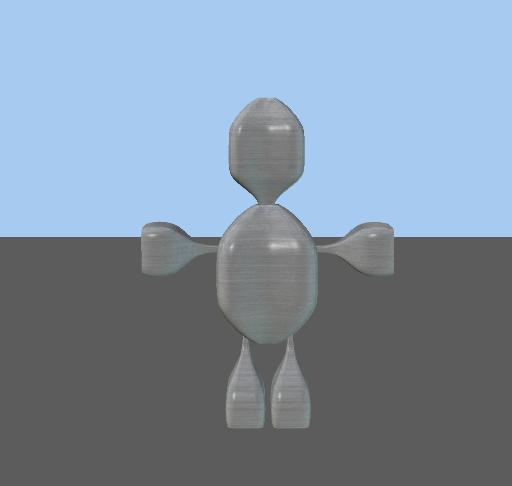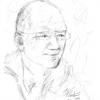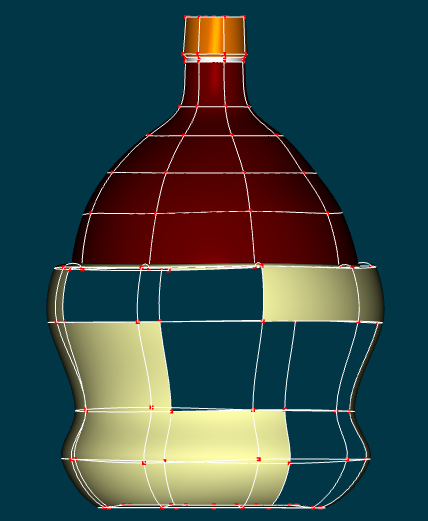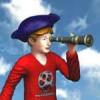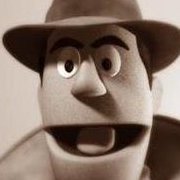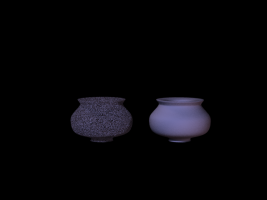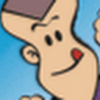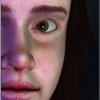Search the Community
Showing results for 'snap to surface'.
-
Is there a way to keep Snap to Surface from jumping point to the opposite side of a model?
-
Hello esteemed Spliners! I am working on getting 'game-ready' assets out of A:M- hoping to get them into Snapchat, and have made good use of Gerald's(Fuchur) 'A:M to Unity' video tutorial where models and actions are exported from A:M to Ultimate Unwrap via the .X file format... and as always I figure that Sketchfab is a great place to view, test and share your UU exported FBX file. However- I am finding that when I employ my 'Bake Surface' option in A:M- it looks good there but in Sketchfab I see overspill or some anomoly that I would like to lose or lessen. Take a look here at my Sketchfab model with animations: https://skfb.ly/6JSDM Latest rev: https://skfb.ly/6KtZW You will see what I am talking about... lots of lines everywhere especially around the mustache area. Is there a setting or trick to get better UV mattes when I Bake Surface?
-
I have heard alot about it,but never really knew what it was for ,surfing on youtube ive seen alot of programs exporting from one program to another and back,and I saw John Bigboote had just posted something about it for v17 ,and is it new in v17? ( Most videos were just timelapsed and did'nt explain anything)
-
Hi there, the new forum design looks great! I didnT find a section for techincal questions though, so i put it here. and wheres the whats new button now? I am still on AM 15h and discovered surfacebaking bbut: sometimes it works sometimes it doesnt. Any ideas what factors might influence that. Ram and grapics and render power shouldnt be the problem. Maybe some oldtimeuser has made similar expiriences and found the solution? Thanks for any help
-
I’m trying to get to grips with Sub Surface Scattering, but at the moment I’m at a loss on how to get it to work properly. What I cant quite understand is that the sss effect seems evident in the modelling window when rendered out in final, however not all evident in the default choreography window. I’ve been using some of Yves Possaint’s sub surface scattering value examples and testing them out on basic primitives with no luck. I was told by Robcat that John Bigboote uses sss a lot, any help from anybody would be greatly appreciated.
-
Hello, Is there a way to baked surface for a selection and not on the whole object?
-
I was just about to start celebrating after Robert helped me mix Toon and normal on the same model in a render. It was going to save a lot of time. Then I saved the project and odd things happened. I had modified one of the models, Delivery Man, that came with AM, giving him a beard and a dress shirt. This is what it looked like with Normal render. V17, OSX When I did a Toon render ( before he new modifications ), I noticed some mesh penetration, I tried Robert's suggestion and was really pleased with the result, except I noticed some more penetration and spent a while fixing it. Saved it and went out to do some analog 3D while it rendered away. Came back and checked it, only to find that his beard , and other surface values had reset to the default ones of the original model. The mix of styles was there but the colours had gone. I then spent about 90 mins trying to get it back to how I wanted it because, very foolishly, I'd trashed the earlier files and couldn't get them back. But, every time I reset the values then tried to save it, it would crash out. Tried it in V18 but with no greater luck. The original model is far better than I can manage but, I only wanted to use a small proportion of it and change the colours.( not trying to take credit for someone elses work ). Is there any way to reset the surface values to the default settings so I can go back and modify them without the originals showing through ? Thank you for your timeand help simon Neighbour Two A.mdl
-
Ever since the MakeNormalMap.atx material was replaced by the Surface Normal buffer in the render engine I've always had unpredictable results. I couldn't seem to get a flat plane that was orthogonal to the camera to return a consistent color of 128, 128, 255. Sometimes it did but many times a flat plane would come up short on the red & green channel. So in the course of generating wrinkle maps for the seats in the street car, I ran more than a few tests and have found the answer; to get the correct colours the algorithm needs a full range of surface normals in the image. The following images are my proof. The top image shows the chor layout; a camera orthogonal to a flat plane. Behind the flat plane is a mildly deformed plane and behind that is a hemisphere. The first image is the normal buffer output looking at just the flat plane. The normal buffer assigns a colour of 5,5,255 Moving the flat plane to the left to expose part of the deformed plane produces the second image. The normal buffer assigns a colour of 19,19,255 The third image has half the deformed plate showing and the normal buffer assigns a colour of 56,56,255 With 75% of the deformation showing in the fourth image the flat plane registers as 57, 57, 255 as it does when the entire dented surface is showing in the fifth image. In the sixth image the hemisphere is moved out from behind the plane to expose about one quarter of it and the flat planes now register as 118, 118, 255 With half the hemisphere exposed to the camera (seventh image) flat surfaces now have the correct value of 128, 128, 255. As is the case when the entire hemisphere is exposed. So my suggestion for generating correct normal maps from any surface is to have a "calibration" hemisphere within the field of view. But keep it fairly large, if it's too small (like about half the size shown) the red/green channels start to fade.
-
-
I have been trying to make a chianti bottle. For whatever reason the 4 point patches are not filling in. I have tried rendering, but the patches don't fill in there either. I am not sure what I am doing wrong. Any ideas? A picture of the bottle as it exists now follows:
-
I find myself playing tug-of-war with Version 18 of A:M more than I used to with Version 15. There seems to be a lot more snap. I pull a control point to a position when I am modeling, and the computer snaps it back to where it was. How can I turn the snap off or adjust it to a level that is helpful?
-
Right now I am working quite a lot with snap to surface, because i am recreating one of my bigger polygon modells. I found some minor problems : Snap also reacts to hidden geometry. That should not happen. Snap has a tendency to snap to geometry on the other side of the model. The bluprint modell as well as to the spline geometry. In case of the blueprint it should be not so hard to fix that by checking the orientation of the surrounding normals. In case of the spline geometry i dont know ... Maybe it is posssible to look in these issues (at least its issues to me). Regards Heiner
-
Still plugging away at ska dance project when time allows. Presently redoing the head in the light of the example David posted a few weeks back. Have encountered a strange problem though. It still needs lots of tweeks and readjustments but, the model doesn't want to acept the surface colour properties assigned to it? For example, the lips have an RGB setting of 208.180.160 assigned to the group but it doesn't show up in shaded mode or quick render. Can anyone kindly suggest the problem and possible soution ? simon OSX 10.68 V17g DH 001.mdl
-
Hey Everyone. I'm in V18 and trying to get the SSS on a character to render without it looking black/ dark. It looks similar to when you try to render transparency with real AO and the "transparent AO" set to "Off" Anyone know how to get the SSS on without looking like black wax?
-
So I managed to settle on a project for the sci-fi contest, and if I finish it early I may do another entry. It seemed like a relatively straight-forward bit of modeling, but something isn't working quite right. It could be that I haven't sat down in front of AM for so long that I'm missing something obvious. Here is my problem: I've got one rectangular surface with another rectangle inside, and I'm trying to push the inner rectangle inwards to create a depression or indent in this robot (I would post an image but it will be immediately obvious what my project is, I think). I thought I knew what the problem was, I didn't have any splines connecting the 2 areas, so I put 2 splines per side and then pushed the inner panel inwards. While it looks right in wireframe mode it doesn't look right in shaded mode, there does not appear to be any indent at all. What do you figure I did wrong?
-
A review of the Surface Pro 3 I didn't even know there was a 3 yet.
-
This is something I've been playing with I thought people might find interesting... Here's a render of two models. It's the same mesh copied from one file and placed in another. The surprise part is that they both have the exact same surface properties! The difference is that the first model is significantly smaller than the second one. It's scale has been changed in the choreography to match the second model. But notice that the roughness settings have been scaled to match. I've found I can get some interesting looks this way. Obviously, you could also experiment with the roughness amount and scale to get the look, but it's interesting to me that the effect scales.
-
I don't know about other folks but I've been using the heck out of the new Snap to Control Point feature. I was using it before to match up splines and CPs but today I used it in a Pose to assist with precision placement at 0%, 50% and 100%. My project here was to create a modular monster whose belly can match to 'small', 'medium' and 'large' sizes as well as (manually through the pose slider) other settings. If you'll pardon the cheap graphics from this POC... I'd say it worked rather well. I meant to render a wireframe to show the three target zones for the modular monster's waists. Edit: Mov replaced with shaded wireframe render. (the three ovals being the three target sizes for monsters' waists) A:M has gained a substaintial improvement in precision modeling through this addition in v18. SnapToCP.mov
-
Over in the 'Buying a Cafe' topic Steve was kind enough to share his settings for Sub Surface Scattering. I know there are several topics on settings but this is something I've longed to understand versus just occasionally reference. His settings were: SSS with diffuse color of 253, 227, 185 SSS half distances 3,2,1 SSS extend group to avoid SSS borders General if not naive assumption: The SSS diffuse color settings operate as R,B,G settings in that the first number represents how much Red, the second how much Blue and the third how much Green. True/False? No where close to reality? If true then I would assume Steve's settings have a majority of Red (253) mixed with a good dose of Blue (227) with a mid level Green (185) applied to create his character's skin. I'll note that it's reportedly a good practice never to use extreme values/full colors (0 or 255) when setting RBG values and further assume the same will be a good practice with SSS. Added: Unless I'm mistaken these values equate to roughly 99% Red 89% Blue and 73% Green. Thoughts? Favorite Links? Recipes? One of my favorite links of old was Matt Bradbury's exploration of SSS here. That was at the very early era of SSS in A:M so some things might have changed. From that exploration it seems a key concept for SSS is to let the diffuse color of the Group feed into the SSS half distance settings to achieve the desired color/effect. This is what Steve appears to be doing via his settings. For those new to the topic of Sub Surface Scattering please visit the forum dedicated to that subject: Sub Surface Scattering Forum
-
Has anyone worked out how to access the numeric keypad keys on a Surface Pro 2? I can get the on screen keyboard to display but the 'number pad' is simply the number keys and not the numeric keypad keys..... Cheers David
-
Version 17 works just fine but v18 displays nothing is any view - I tried Open GL and Open GL3 but nothing shows in any of the windows (model/chor etc). So what am I doing wrong? Cheers
-
Snap Group to surface is "view dependent" which I take to mean that it will move the CPs in what ever direction you are viewing from, right? However, i can only get it to move in one direction. I filed this as an A:M report which is why it's in German but maybe someone here has an answer before Steffen gets to it... SnapGroupToSurfaceQuestion.mov SimpleSnapTest02.prj
-
In this PRJ, Model 1 has two groups, "target" and "original" SimpleSnapTest02.prj I want to Snap the CPs in "original" so they are on the surface of "target" and I want to do it in a Pose. They don't have to be in some exact spot but i do want to get them on the surface of "target" What is the proper way to use Snap TO Surface for that? I haven't had much success with it.
-
A video and sample PRJ for making a surface constraint can be found this thread: Post#4
-
I am having problems getting the Surface constraint working. I think I have done it by the book, but the bone that is supposed to move in line with the aiming bone does not move at all. I have set the aiming bone to aim at a target but when moving the target, the aiming bone follows allright but the bone is not following. (If I test by changing the enforcement on the Surface constraint it moves. But when moving the target it does not). If I make the bone a Child of the aiming bone it moves but it "hops around" sometimes and does not follow the surface smoothly all the time. (But the bone should not have to be a Child to follow the aiming bone, should it?) I have tested all the propertys I could find with no result. I had help on this forum before but those advices does not help me now. I have spent a week trying to figure it out. This should be straight forward but it is driving me crazy . Could anybody explain what I am doing wrong?



